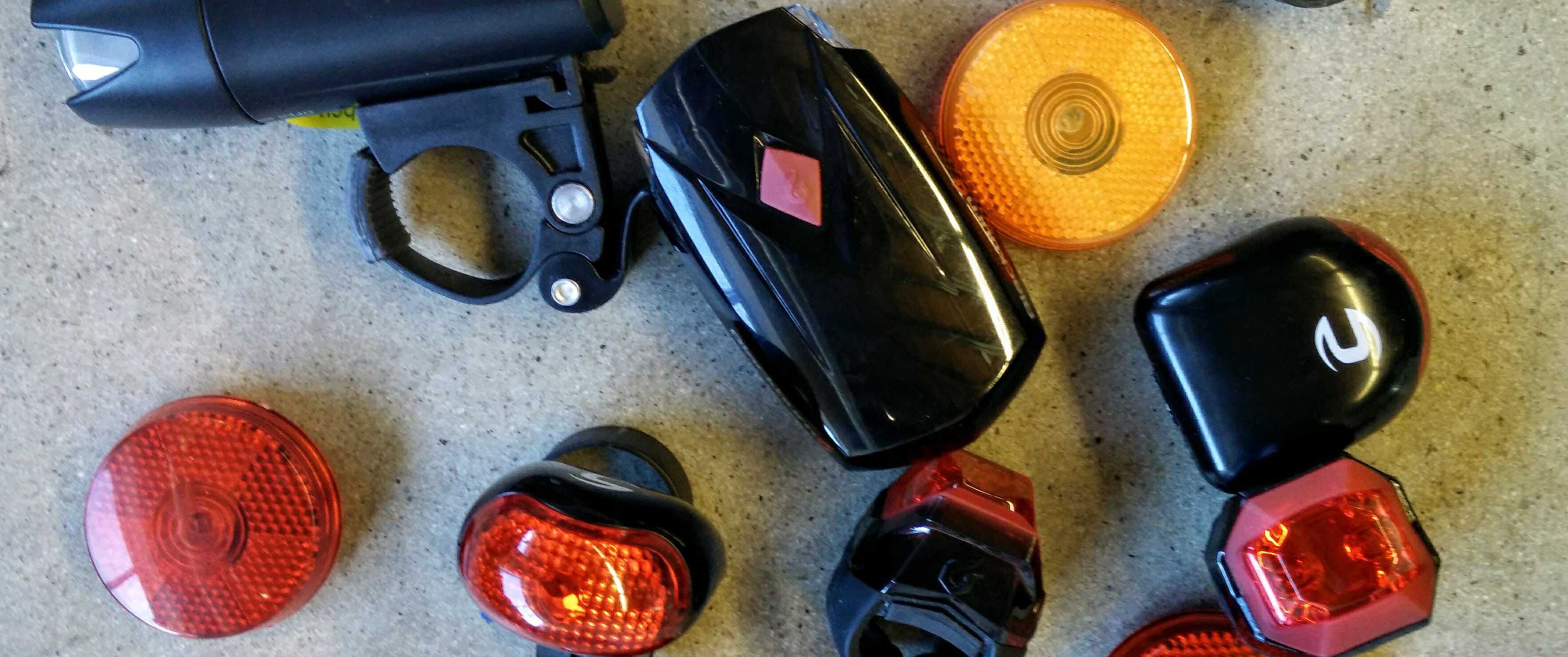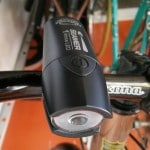Is it Time For A Bike Light Upgrade?
By Mike Carroll
Bike lights come in many different shapes and sizes. If you are new to cycling the choices can be overwhelming. Fear not, BikePGH is here to help narrow down your choices and let you know what to look for when shopping for a new light.
Before we start there are a few things to consider. Almost every light brand has a different way to mount a light to your bike. These mounts can be bolted on, metal or plastic clips, rubber bungees, or even velcro. Look for lights that have a mount that work for you. If you don’t like to take your lights on and off look for a bolt on system. Helmet mounts are good for people riding in the woods or looking for increased visibility. Bungees and clips are great for people that want to move a light from one bike to the next quickly. If you are not sure how a light mounts feel free to ask the employees at your friendly neighborhood bike shop.
Also you will see us use talk about lumens quite a bit in this post. For those of you that are not engineers, this term is the unit used to measure the brightness of different lights. For a front light we recommend at least 50 lumens for most city riding, 200 lumens for riding on unlit trails, and 350+ lumens for mountain biking in the woods. Rear lights do not need to be as bright and 10 – 50 lumens will do the job.
Almost every light out there will have a few different modes. High, medium, low and flashing are standard on most lights. As a general rule the brighter the setting, the faster your battery will drain with flashing modes will last the longest.
Dynamo Hub and Light
You might have seen this style of light on Healthy Ride bikes around town or on bikes found all over Europe. A Generator or Dynamo Hub creates power to light up your path as you ride. No batteries are required but you will need some special equipment for this style of light including a front wheel equipped with you guessed it, a dynamo hub. Expect to spend at least $200 for a basic wheel and another $100+ for front and rear light.
Price: $$$
Lumens: 150-200 Front |15 – 50 Rear
Pros:
- No need to charge
- Always attached to your bike
- Very reliable
Cons:
- Expensive to outfit your bike
- Cannot move between bikes
Staff Pick:
Jane and Scott – SuperNova e3 Front and Rear
Rechargeable
Probably the fastest growing part of the bicycle light market. There are many brands to choose from and brightness can very dramatically. High end rechargeable lights can get as bright as high beams found on motorcycles and cars. There are plenty of lights to choose from with brighter lights being better for remote conditions and mountain biking.
Price: $ – $$$$
Lumens 20 – 800+ Front | 5 – 50 Rear
Pros:
- Reusable battery
- Can be very bright
- Most are easy to swap between bikes
- Offer a variety of mounts from helmets to handle bars
Cons:
- Lights “die” with little notice
- Quality and brightness varies with price
- You have to remember to charge them
- You can get stuck with a dead light and no way to charge
Staff Pick:
Mike – Blackburn Central 100 front + Central 20 Rear
Ngani – Knog Blinder 4 Rear and Light and Motion Urban 350
Eric – Knog Blinder BLINDER 4V PULSE and Niterider Lumina Micro 350
Dan – Cygolite Streak 350 & Hotshot SL 30 Combo
Battery Power!
Good old fashion AAA, AA and coin cell battery powered lights are still a very popular option out there. These lights are great for people who find themselves out often without the ability to charge lights or do not use lights often. Battery lights come in all different shapes and sizes but front lights tend to be larger than their rechargeable siblings and are often less expensive. You can also do your part and use off the shelf rechargeable AA and AAA batteries and reduce your waste.
Price: $-$$
Lumens: 10-150 Front | 5-50 Rear
Pros:
- Standard batteries are available just about anywhere
- Still the most common entry level light
- Longer run time per set of batteries than most rechargeable options
- Lights dim before “dying”
Cons:
- Recycling dead batteries
- Not as bright as higher end rechargeable lights.
- Front lights are often larger than rechargeable versions.
Example: Planet Bike Blaze 1/2 Watt & Superflash Light Set
Novelty Lights
Turn off all the lights in your house at night and try to use one of these small led lights and walk around your living room without stubbing your toe. If you can’t do it, don’t think these free lights are going to be any better at navigating the city at night. If you have nothing else these lights are better than nothing to get you home.
Price: Free – $
Lumens: 1- 20 Front and Rear
Pro:
- Will make you legal on the road
Cons:
- Batteries die and are not easily replaced
- Not bright enough to find your way
- Difficult for other people to see you.






2 Comments
Or you can go with rechargeable lights that are non-usb (since USB greatly limits charging rates for larger batteries used in brighter lights).
[…] As daylight becomes scarce during the fall/winter months, extra visibility from bike lights can help keep you safe. Bike lights come in many different shapes & sizes and the choices can be overwhelming. Fear not, BikePGH has a few suggestions to narrow down your choices. […]